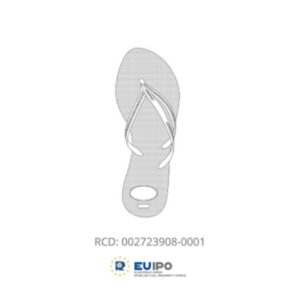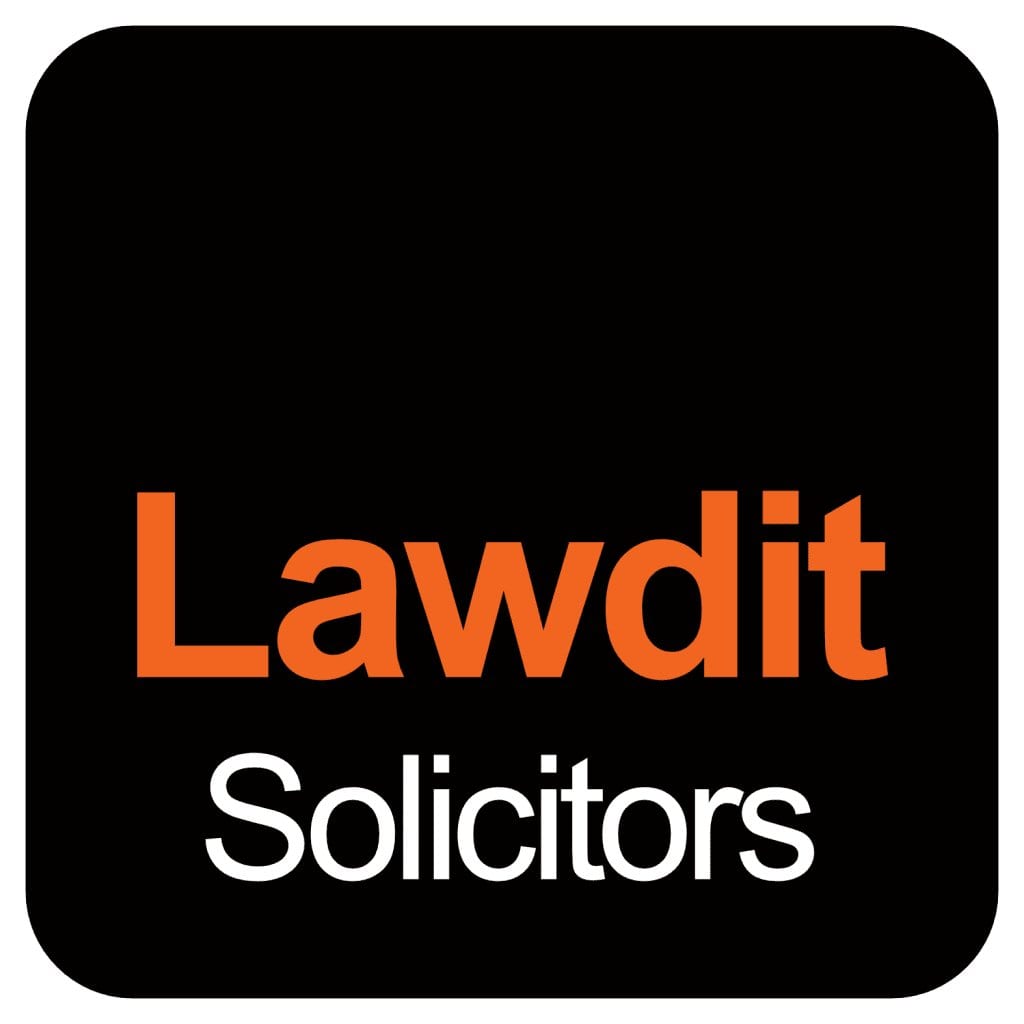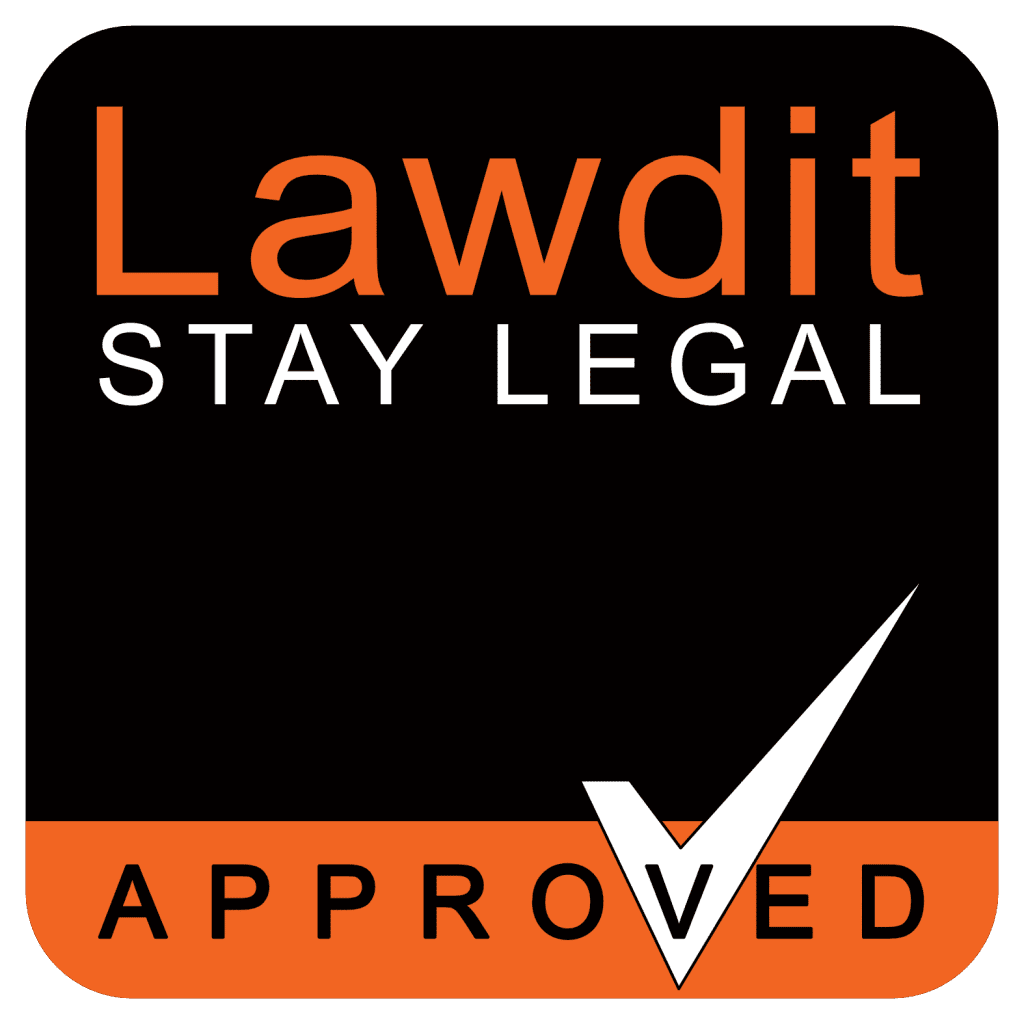A trademark infringement appears where a third party adopts or exploits a registered mark that belongs to another in the course of a trade without the trademark owners authorisation in the following conditions:
- The mark that is used by the infringer is identical with the registered mark and this is used in connection with the goods or services that are identical with the trade mark that is registered.
- The mark that is used by the infringer is: identical with the registered mark and used in goods and services that is similar to the one that the registered mark is in (Trade Marks Act 1994, s10(2)(a)); or
- The mark that is used by the infringer is: similar to the registered mark and is used in goods or services that is identical or similar to the one that the registered mark is in. (Trade Marks Act 1994, s10 (2)(b))
- This causes a likelihood of confusion on a section of the public, which also includes a likelihood of association with the trade mark, thus meaning that the public will be likely to confuse the infringer’s mark with the mark of another business (Trade Marks Act 1994, s10 (2)(b))
- The infringer uses an identical or similar sign to the registered trade mark, the trade mark has a reputation in the United Kingdom and used the sign without due cause essentially taking an unfair advantage; or
- is detrimental to the distinctive character; or
- the repute of the trade mark. (Trade Marks Act 1994, s10(3)(b))
Who can bring infringement action?
A sole owner of a registered mark can commence trademark proceedings. However, in situation where a trademark is co-owned, proceedings can be taken by any of the owners providing that all the other co-owners join the proceedings (except where the courts provides permission for the claim to be bought by one of the co-owners alone).
Additionally, a licensee can also commence proceedings for trademark infringement solely on their own without the trademark owner in certain conditions:
- The mark is registered in the UK, and the licensee possess an exclusive license (meaning that the licensee is solely entitled to the rights over the trademark, thus only the exclusive licensee solely possess the right to use the IP rights it has been granted with), (Trade Marks Act 1994, s30);
- additionally, the licensee must have attempted to ask the registered trademark owner to commence an infringement action however the owner has refused/failed to do so (Trade Marks Act 1994, s30); or
- The mark is a UK registered mark. The licensee possess an exclusive license and there is a term given in the licence (agreement) providing the licensee with equal rights and remedies as if the licence has been an assignment (assignment is where registered mark owner transfers their legal ownership of the mark to third party) (Trade Marks Act 1994, s31) or
- The mark is a European Union trademark, and the owner has provided its consent to the licensee to commence proceedings (Article 25(3), EUTM Regulation); or
- The mark is a European Union trade mark and there is an exclusive license, in which the register mark owner has failed to commence action within a “appropriate period” of time after being given a formal notice to do so (Article 25(3), EUTM Regulation).
What remedies are available?
There are several remedies that the court can award. However, the key ones are as follows:
- Permanent injunction – is an awarded by the court that essentially refrains the infringer from using the mark.
- Damages (amount of money that is awarded by the court) in connection with the actions that was committed after the trademark application date.
- Account for profits- the profit that the infringer gained in the course of their unauthorised use will be paid over.
- An owner of a European Union trade mark can simply be awarded damages in connection to the actions that was carried out subsequently after the date the European Union trade mark registration was published. (Article 11, EUTM Regulation)
If you have any questions or concerns, get in touch with us today. Our team of experts are always happy to help!











